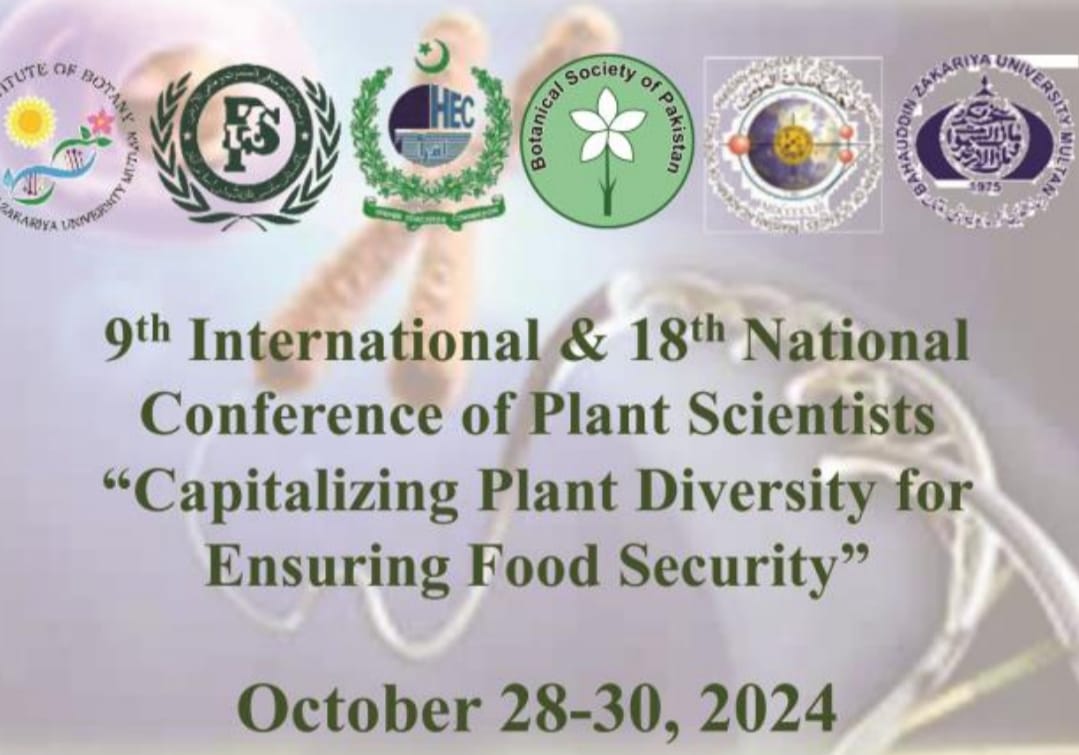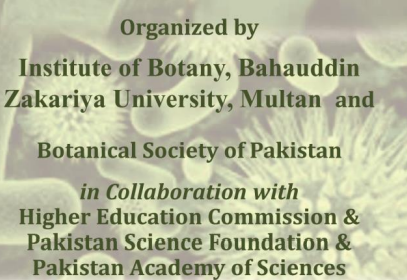
PJB-2024-268
Annual Germination Cycle of Salep Orchid (Anacamptis Sancta L.) and Adaptation to Outdoor Conditions
Salih Parlak
Abstract
Orchids have an important place in plant biodiversity. Although many orchid species are endangered, millions of tubers are removed and destroyed every year. Anacamptis sancta is one of the most widespread and most collected species in nature. Since orchid seeds do not have endosperms, their reproduction rate in nature is low. It can be germinated asymbiotically in the laboratory environment, but the critical stage in this production is the acclimatization of the plants from the in-vitro environment to the outdoor conditions. Seedlings that cannot establish mycorrhizal relationships in the transferred environment die. Studies on acclimatization of salep orchids to the outdoor environment are quite limited. In this study, the germination cycle of Anacamptis sancta was determined by sowing seeds every month in the asymbiotic environment, and adaptation studies were carried out by transferring the seedlings to different growing environments. Starting from May, seeds were sown on modified Knudson C (KC) medium between the 15th and 20th of each month. The seedlings, which reached the transplant size after approximately five months, were transplanted to three different environments consisting of peat, peat/perlite (3/1) and soil. In the study, which was repeated every month, 300 seedlings were transplanted into each environment in three replicates, and a total of 900 seedlings were transplanted into three environments. As a result, germination rates in all months were higher than the reported studies. Besides, for the first-time direct transfer of orchid transplantation from laboratory to field was carried out and statistically the most successful results in outdoor adaptation were obtained from the seedlings transferred to the peat in August.
To Cite this article:


